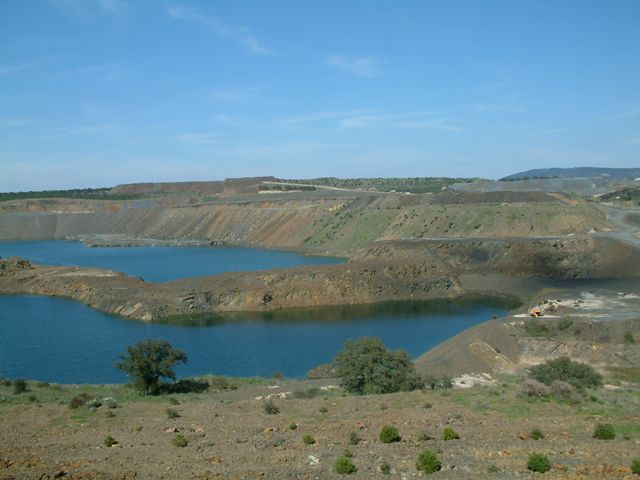Contenido principal
Protection against natural radiation
Radiación natural

The exposure of human beings to natural sources of radiation is a continuous and inevitable feature of life on Earth. For most persons, this exposure itself exceeds all those caused by artificial sources combined. There are two fundamental contributors to natural radiation exposure – cosmic radiation that enters the Earth's atmosphere and terrestrial radiation from radioactive elements that have been in the Earth's crust since its formation.
Radioactive isotopes are ubiquitous in the environment. They are found in the soil, in water, in air, in food, in construction materials and in our own bodies. Of all these, radon (Rn), a gas that comes from the decay of radium-226, is the main contributor to natural radiation doses. Exposure to natural radiation sources can also be modified by human action (such as mining or construction).
Many people may also be exposed to high levels of natural radiation in their workplaces. An example of this is that of workers in underground mines, mineral processing activities and aircraft crews.
In Spain, exposure to natural radiation due to working practices is regulated by the Regulation on Health Protection against Ionising Radiations. In the development of these regulations, the Spanish Nuclear Safety Council has issued an instruction and various safety guides. These also include recommendations for limiting exposure to natural radiation, especially to the radon in dwellings.

